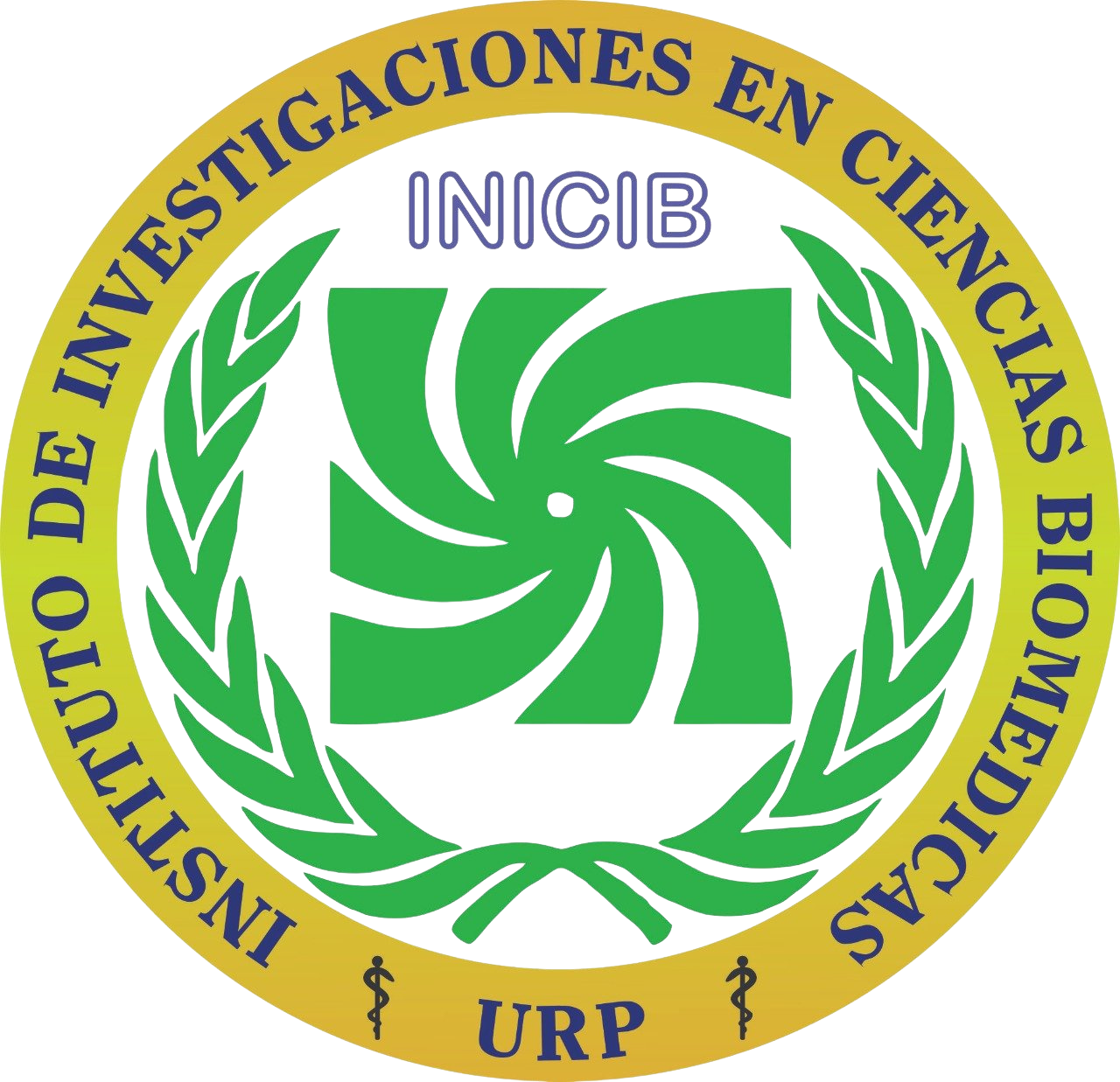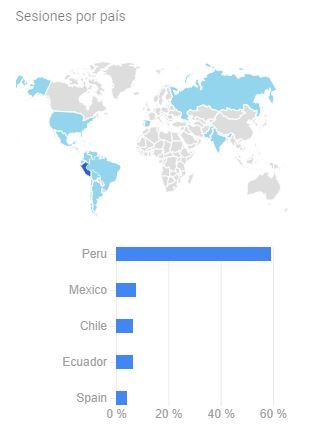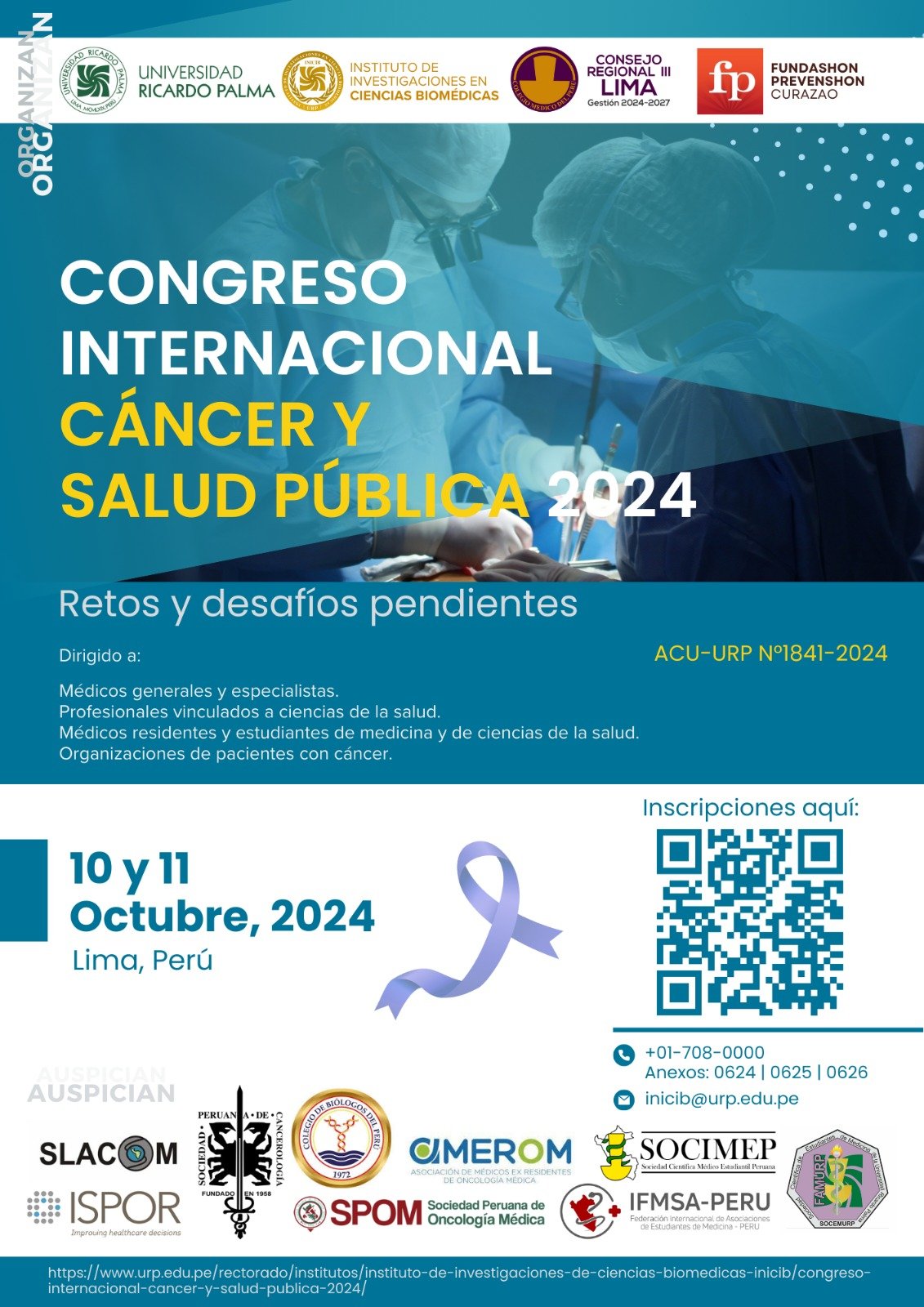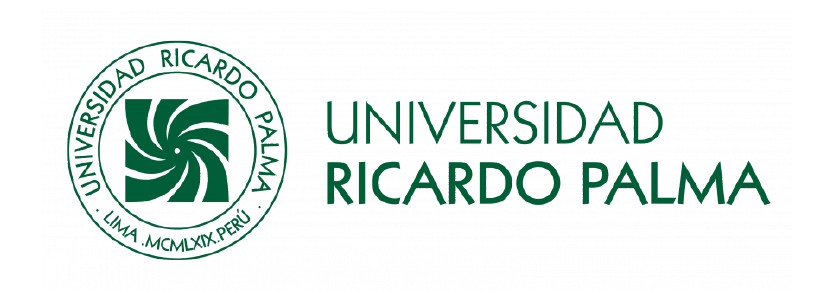EVALUACIÓN DE LA PREVALENCIA DE INFECCIÓN POR GÉRMENES ATÍPICOS EN PACIENTES CON NEUMONÍA ADQUIRIDA EN LA COMUNIDAD EN UN HOSPITAL DE REFERENCIA PERUANO
EVALUATION OF THE PREVALENCE OF INFECTION BY ATYPICAL GERMS IN PATIENTS WITH COMMUNITY ACQUIRED PNEUMONIA IN A PERUVIAN REFERENCE HOSPITAL
DOI:
https://doi.org/10.25176/RFMH.v19i4.2194Palabras clave:
Neumonía, Mycoplasma pneumoniae, Chlamydia pneumoniaeResumen
Objetivo: Determinar la prevalencia de infección por gérmenes atípicos evaluada mediante la determinación de anticuerpos IgM en casos de neumonía adquirida en la comunidad en pacientes adultos inmunocompetentes atendidos en el Hospital Nacional Hipólito Unanue. Métodos: Se evaluaron a aquellos pacientes adultos inmunocompetentes que acudieron a la emergencia del Hospital Hipólito Unanue con neumonía adquirida en la comunidad entre setiembre del 2008 y enero del 2009. Se tomaron muestras de sangre para realizar serología para Mycoplasma pneumoniae y Chlamydia pneumoniae mediante la detección de niveles de inmunoglobulina M determinados por prueba de ELISA. Resultados: Se reclutaron 85 pacientes. La edad promedio fue de 65,33 ± 21,43 años. Se encontraron 3 casos de pacientes con serología positiva a IgM frente a M. pneumoniae y 1 caso positivo a C. pneumoniae. Los títulos de anticuerpos contra M. pneumoniae tuvieron una correlación altamente significativa con la edad (r=-0,28; p<0,01). se encontró una correlación estadísticamente significativa entre los índices de anticuerpos IgM frente a M. pneumoniae y C. pneumoniae (r=0,29; p<0,01). Conclusión: La infección por gérmenes atípicos no parece ser una condición frecuente en pacientes hospitalizados con diagnóstico de neumonía adquirida en la comunidad. Se deben realizar estudios en poblaciones mayores utilizando serología pareada o estudios moleculares, incluyendo pacientes ambulatorios a fin de definir el rol de patógenos atípicos en casos de neumonía a nivel nacional.
Descargas
Citas
2. Said MA, Johnson HL, Nonyane BAS, Deloria-Knoll M, O′Brien KL, for the AGEDD Adult Pneumococcal Burden Study Team. Estimating the Burden of Pneumococcal Pneumonia among Adults: A Systematic Review and Meta-Analysis of Diagnostic Techniques. PLoS ONE 2013; 8(4): e60273. https://doi.org/10.1371/journal.pone.0060273
3. Cullotta AR, Kalter HD, Delgado J, et al. Antimicrobial Susceptibilities and Serotype Distribution of Streptococcus pneumoniae Isolates from a Low Socioeconomic Area in Lima, Peru. Clin Vaccine Immunol 2002;9(6):1328–31.
4. Beović B, Bonač B, Keše D, et al. Aetiology and Clinical Presentation of Mild Community-Acquired Bacterial Pneumonia. Eur J Clin Microbiol Infect Dis 2003; 22(10):584–91.
5. Torres A, Blasi F, Peetermans WE, Viegi G, Welte T. The aetiology and antibiotic management of community-acquired pneumonia in adults in Europe: A literature review. Eur. J. Clin. Microbiol. Infect. Dis. 2014;33(7):1065–79.
6. Lim WS, Baudouin S, George R, et al. British Thoracic Society guidelines for the management of community acquired pneumonia in adults: Update 2009. Thorax 2009;64:iii1-iii5.
7. National Institute for Health and Care Excellence. Diagnosis and management of community- and hospital-acquired pneumonia in adults [Internet]. NICE; 2014 [fecha de acceso 2019 Jul 7]. Disponible en: https://www.nice.org.uk/guidance/cg191/evidence
8. Sociedad Peruana de Enfermedades Infecciosas y tropicalces, Organización Panamericana de la Salud. Neumonía Adquirida en la Comunidad en Adultos [Internet]. Lima: 2009 [fecha de acceso 2019 Jul 7]. Disponible en: http://bvs.minsa.gob.pe/local/minsa/2418.pdf
9. Mandell LA, Wunderink RG, Anzueto A, Bartlett J, Campbell G, Dean N et al. Infectious Diseases Society of America/American Thoracic Society Consensus Guidelines on the Management of Community-Acquired Pneumonia in Adults. Clin Infect Dis 2007;44: S27–72.
10. Francisco MCJ. Gérmenes atípicos en niños con neumonía adquirida en la comunidad. Acta Médica Peru 2012; 29(1):17–22.
11. Miravitlles M, Grupo de Trabajo de la Asociación Latinoamericana del Tórax (ALAT). Recomendaciones ALAT sobre la neumonía adquirida en la comunidad. Arch Bronconeumol 2013;37(8):340–8.
12. Chen ZR, Yan YD, Wang YQ, Zhu H, Shao XJ, Xu J, et al. Epidemiology of community-acquired Mycoplasma Pneumoniae respiratory tract infections among hospitalized Chinese children, including relationships with meteorological factors. Hipokkratia 2013; 17(1):20-26.
13. Chahin A, Opal SM. Severe Pneumonia Caused by Legionella pneumophila: Differential Diagnosis and Therapeutic Considerations. Infect Dis Clin North Am 2017;31(1):111–21.
14. Richards GA, Brink AJ, Feldman C. Rational use of the fluoroquinolones. South African Med J 2019;109(6):378.
15. Eliakim-Raz N, Robenshtok E, Shefet D, Gafter-Gvili A, Vidal L, Paul M, et al. Empiric antibiotic coverage of atypical pathogens for community-acquired pneumonia in hospitalized adults. Cochrane Database Syst Rev 2012 [Fecha de acceso 2019 Jul 11];(9). Disponible en: http://doi.wiley.com/10.1002/14651858.CD004418.pub4

Descargas
Publicado
Cómo citar
Número
Sección
Licencia
Derechos de autor 2019 Revista de la Facultad de Medicina Humana

Esta obra está bajo una licencia internacional Creative Commons Atribución 4.0.




































